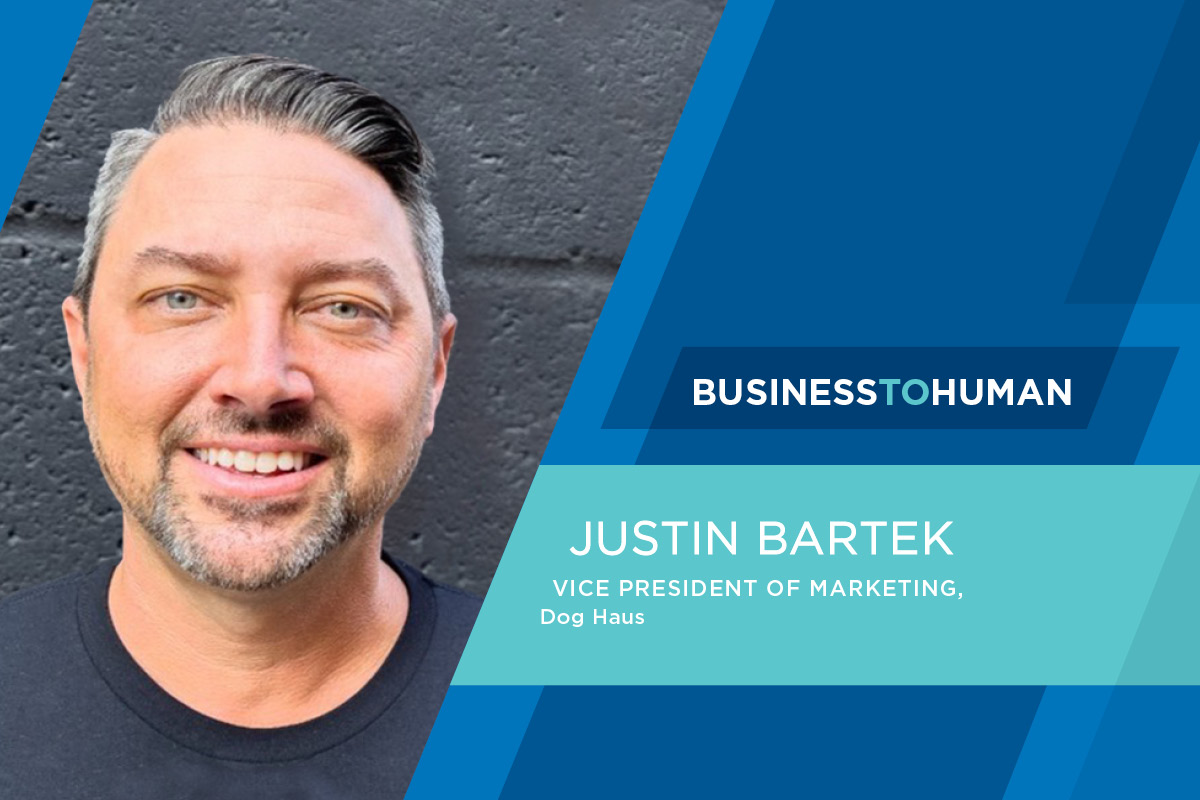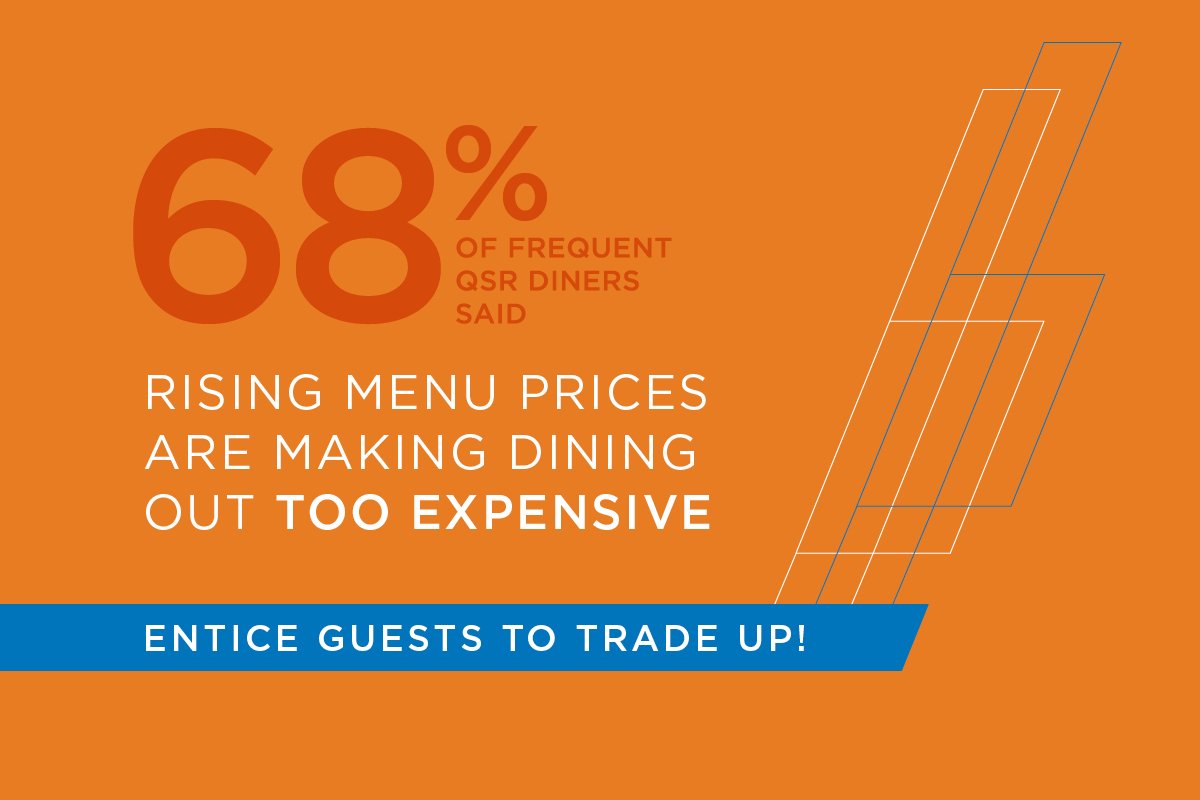Summary
• The lack of talent supply has long been an issue for the restaurant sector, even before the coronavirus.
• Now, a labor shortage has become a critical, urgent issue for the industry.
• This post offers a discussion of how you can apply marketing principles to address this challenge.
Restaurants have been one of the hardest-hit industries during the pandemic. In 2020, more than 110,000 eating and drinking establishments closed for business temporarily or permanently. Industry sales were down $240 billion that year. And nearly 2.5 million restaurant workers lost their jobs.
The good news is, with increasing vaccinations, loosening restrictions, and pent-up demand, recovery for the restaurant sector has been very promising. Same-store revenues have been growing for 15 consecutive weeks as of the end of June 2021. Total sales are nearing February 2020 pre-pandemic sales volume. And restaurant employment continued to rise for the sixth consecutive month ending June. That’s an increase of more than 1 million jobs during the first half of 2021.
Talent shortage
Yet, even with record-high job openings, the restaurant industry is still 1.3 million jobs below pre-pandemic employment levels. In a National Restaurant Association survey, 84% of respondents said current staffing is lower than before the pandemic.
This labor shortage has become a critical, urgent issue for the restaurant industry. Without enough workers, many restaurants cannot operate at maximum capacity. Either they limit their operating hours or stick to just drive-thru, takeout, and curbside services. Understaffed restaurants negatively affect current workers who are overworked and stressed out. And they impact the quality of customer service, with mentions of “understaffed” increasing in online reviews.
The lack of talent supply has long been an issue for the restaurant sector, even before the coronavirus crisis. Low wage rates, more gig workers, and fewer teens in the workforce have resulted in the shortage. However, the pandemic has only made it worse. Some of the factors contributing to this include:
Unemployment benefits
Many restaurant operators blame the $300 unemployment benefit under President Joe Biden’s $1.9 trillion American Rescue Plan. Unemployed workers could earn 81% more sitting at home than working a QSR job. Because of the industry backlash half of states plan to cut short these enhanced weekly unemployment benefits. And by the time it expires in September, there should be workers ready to return.
Competition for talent
The problem is many of the restaurant workers laid off during the pandemic have shifted to competing sectors that were hiring more aggressively. These include delivery and warehousing jobs. Even within the restaurant sector, workers prefer front-of-house jobs, leaving a huge gaping hole for critical back-of-house roles.
Personal concerns
There are also personal issues that prevent workers from returning. Those who aren’t yet vaccinated still fear getting infected. Others have family responsibilities like childcare that they have not yet resolved. Only once these issues are resolved will more people return to work.
Recruitment tactics
Clearly, the restaurant industry will continue to face recruitment challenges in the months ahead. Many restaurant owners are already upping their compensation and benefits packages. This is one way for you to compete for talent and keep the ones you have. However, you still need to be highly visible to prospective hires. And for this, you should use pull and push recruitment tactics.
Pull tactics
Traditional recruitment channels like job boards and career fairs are useful as “pull” tactics. Whether physical or virtual, these job marketplaces pull in active job seekers. Some restaurants host their own hiring events. They throw in incentives like a free appetizer or restaurant vouchers for candidates to show up for interviews. One chain is even using drive-thru interviews with candidates from their cars.
Push tactics
Waiting for potential hires to search out opportunities to find you is not enough. You should also use “push” tactics to actively find your ideal candidates, including those who are not job hunting. One of the most effective ways to recruit new talent is by leveraging your current staff. Offer your employees a referral bonus for bringing in a qualified candidate. However, your pool of possible candidates within your employee network is limited. Use digital marketing techniques to expand your reach and target your ideal job candidates.
Hiring using digital marketing
You already use digital marketing to identify, engage, and bring in guests to visit your restaurant. So why not use the same digital marketing principles to find and recruit talent for your company?
Audience personas
Your audience personas are representative profiles of your current or target market. This includes their demographics, interests, and purchase behaviors. In digital marketing, having buyer personas help you reach the right customers and match your messaging. It’s the same with employees. You should construct employee personas that represent your ideal candidates. It will make your digital recruiting campaigns resonate better.
Audience targeting
Digital advertising platforms allow you to specifically target audiences based on background and interests. You can leverage the same digital advertising tools and targeting techniques to reach highly targeted and qualified talent. By finding people who fit your profile of ideal candidates, you can reach potential hires most likely to respond to your job openings.
Behavioral targeting
Websites, search engines, and social networks track our online behavior. This makes it possible for digital marketers to target audiences based on what sites we visit, brands we engage with, and other online activities. Similarly, you can target people who are in the job market with relevant digital ads. These include those who recently viewed job listing sites, those who are relocating, or those looking for seasonal or temporary work.
Proximity marketing
One huge advantage of digital marketing is its ability to precisely target audiences by geography. If you already do this kind of proximity marketing to market to guests near your location, then you can apply the same tactic to reach talent. Use targeting data to identify who is near your stores and engage them with creative advertising about your store openings.
Use marketing principles for recruitment
The competition for talent in the restaurant industry will continue. It’s important to maintain your presence using traditional recruitment tactics. However, the best strategy is to leverage data for precision targeting and incentive marketing. These are the same principles and techniques for guest acquisition that you can use to identify, reach, and attract potential candidates.
Learn how to apply marketing principles to address the restaurant labor shortage in this webinar organized by Valassis, a Vericast business, together with FastCasual. In this session, you will learn the recruitment challenges facing restaurants, what industry peers are doing to tackle this challenge, and how you can successfully leverage marketing tactics to draw in restaurant guests as well as attract potential hires. Register for the free on-demand webinar.



